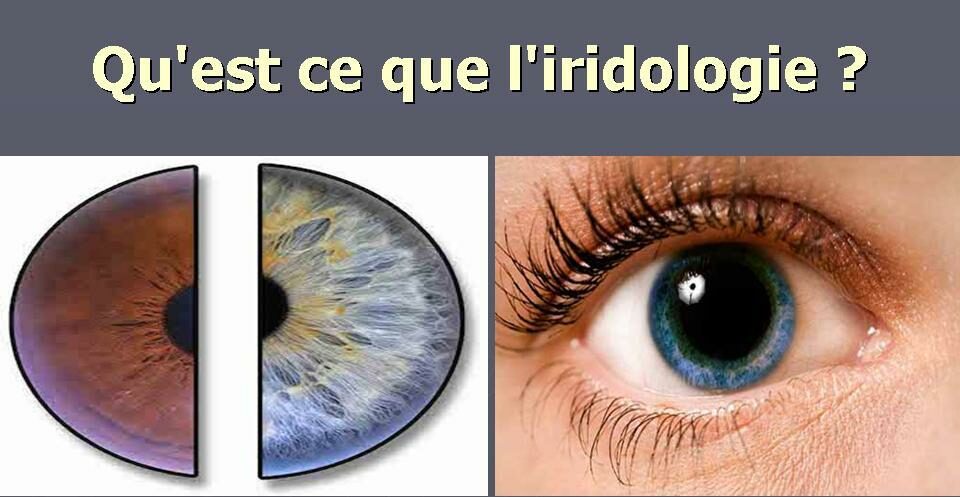Iridology studies the iris, the coloured part of the eye.
Each organ, and its condition, would be represented there.
The true originator of iridology seen from a more scientific angle was the Hungarian physician Ignatz von Peczely (1822-1911), who was interested in what the eye could reveal about health.
He wrote: ‘The eye is not only the mirror of the soul, but also of the body’.
He is credited with being the first to lay the foundations of modern iridology.
Iridology is a method based on the science of observation, and is an excellent tool for helping to detect and/or prevent a large number of imbalances in the body.
- Tél : +33 0645264675
- E-mail : i.limaribeiro@orange.fr
- France : ACACIA 2 rue des Veaux 67000 Strasbourg
- France : AMAZONIA Massages et Beauté : 7 rue Thiergarten, Strasbourg
- Allemagne : Badstrasse 11 , Reichental 76593 Gernsbach
- France : Terra Bella 1 appartement 2 - 20166 Porticcio - Corse






